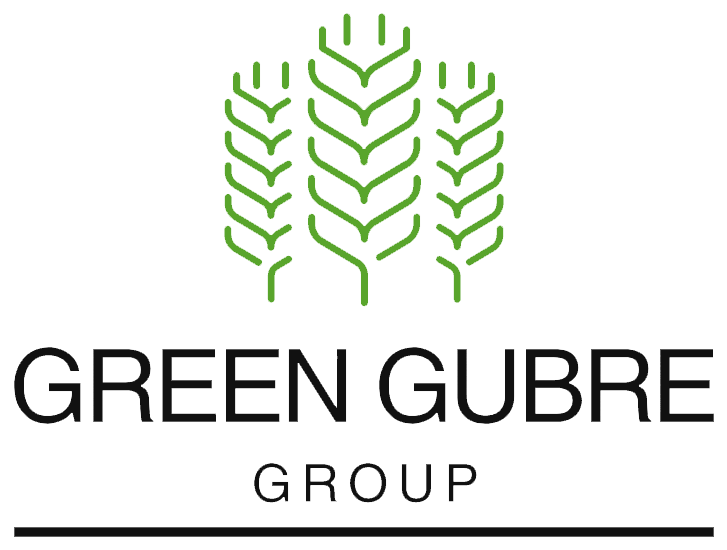Understanding the Significance of China's Fertilizer Demand and Agricultural Innovation
Understanding the Significance of China's Fertilizer Demand
and Agricultural Innovation
With a population exceeding 1.4 billion and only 7% of the world’s arable land, China faces a monumental challenge: producing enough food to ensure national food security while maintaining ecological balance. Fertilizers—particularly urea (granular and prilled), NPK formulations, and compound blends—are critical in enabling high agricultural yields across various climates and soil types.
As China significantly transforms its agricultural sector into a more efficient, sustainable, and high-tech industry, understanding the role
of fertilizers in this process and their demand dynamics becomes crucial for global stakeholders.
China’s Fertilizer Demand: A Strategic Global Concern
China is the world’s largest consumer of fertilizers, accounting for nearly 30% of global nitrogen use. Urea is the cornerstone of nitrogen fertilization. The country also imports significant volumes of phosphates and potash, especially NPK blends (15-15-15, 20-10-10, 16-16-16) to support vegetable, rice, corn, and fruit cultivation.
Fertilizers in High Demand:
| Fertilizer Type | Primary Application | Demand Trend |
|---|---|---|
| Granular Urea | Wheat, rice, corn | Increasing |
| Prilled Urea | Tea, vegetable farms | Stable |
| NPK (15-15-15, 20-10-10) | Fruit orchards, greenhouse crops | Growing |
| Ammonium Phosphate | Paddy fields | High seasonal demand |
| Potash (MOP) | Root vegetables, soy | Growing due to import restrictions |
Policy & Regulatory Drivers of Fertilizer Demand
China’s Five-Year Plans have repeatedly underscored the importance of food security, leading to:
- Subsidies for eco-friendly fertilizers and slow-release nitrogen.
- Promotion of balanced fertilization and soil testing services.
- National campaigns to reduce nitrogen overuse and mitigate non-point source pollution.
This policy-driven market creates a hybrid demand: strong volume needs and a shift toward scientifically enhanced, high-efficiency fertilizers.

The Role of Scientific Innovation: A Beacon of Hope
China’s agricultural R&D sector is rapidly evolving:
- Urease and nitrification inhibitors are introduced into conventional urea to reduce nitrogen loss and improve absorption efficiency.
- The country has heavily invested in precision agriculture, including AI-guided nutrient mapping and sensor-driven fertilization systems.
- Innovative fertilizers, which release nutrients in sync with crop growth cycles, are being tested in central agronomic provinces like Sichuan and Henan.
Example: Field trials in Hebei province using enhanced-efficiency urea showed a 17% increase in crop yield and 20–30% less fertilizer application.
Geographic Variability of Fertilizer Use
China’s vast landscape means fertilizer demand varies by region:
- North China (Hebei, Shandong): High use of granular urea for wheat and corn.
- South China (Guangdong, Yunnan): Prilled urea is preferred for rice paddies and horticulture.
Central China (Hubei, Anhui): Strong NPK demand for oilseed crops and cotton.
China’s Imports and Global Market Impact
Although China is a top urea producer, its seasonal export bans and quotas influence global fertilizer availability. When production shortfalls or droughts hit significant regions, China turns to international markets for NPK and phosphate-based fertilizers—driving global price volatility.
Key Imports:
- Potash from Belarus and Canada
- DAP/MAP from Morocco and Russia
Compound NPK from Southeast Asia and Europe
Sustainability & Environmental Focus
China is increasingly moving toward a “green agriculture” model. National pilot zones for organic fertilizer substitution and zero growth fertilizer consumption policies are in place, supported by:
- Compost-based alternatives for fruits and vegetables.
Integration of
soil microbiome research into fertilization strategies.
Conclusion
China’s fertilizer demand in 2025 reflects a unique duality: the need for quantity to feed its massive population and the drive for quality fertilizer use to meet its environmental goals. Granular and prilled urea remain core to the market, while NPK and enhanced-efficiency formulations proliferate. With strong state support and scientific innovation, China is meeting its needs and shaping global fertilizer markets.




